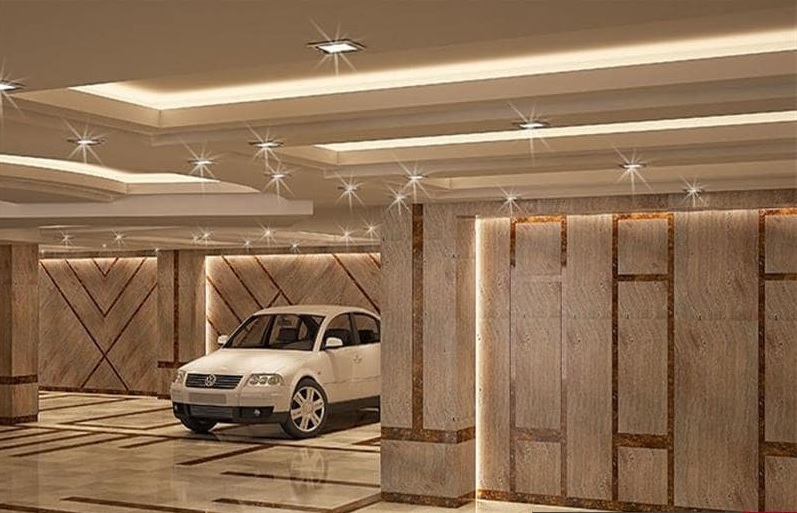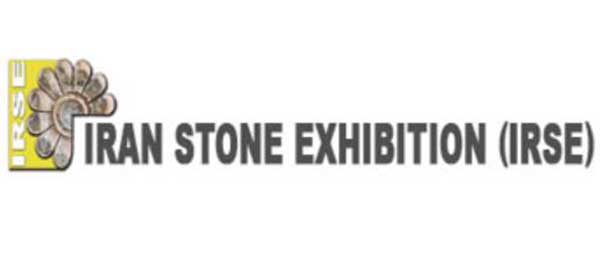onyx stone (Persian Marble) or dense calcareous rocks are the result of the suppression of calcium carbonate or aragonite sediments by superconducting strata, with some poor metamorphic effects.
Persian Marble is a precious stone because of its beauty, strength and resistance to fire and erosion. The ancient Persians and Greeks used this Iran stone extensively in their buildings and statues.
Compared to travertine, onyx is more widely used for interior and exterior applications because of its higher hardness and lower porosity.
Iran onyx stone have a mosaic texture. Pure Marmarit is white but because of its color minerals such as hematite, limonite, carbon, etc., they are red, light yellow, black, pink, and a combination of other colors.
Persian marbles (Marmarits) or dense limestones are the result of suppression of calcium carbonate or aragonite sediments by superconducting strata, with some poor metamorphic effects.
Iran onyx stone (Marmarits) are also known in Iran as a trade term called Sanandaj.
One of the characteristics of these rocks is their fine or medium grading and their aplitic texture.[/vc_column_text][/vc_column][/vc_row]



